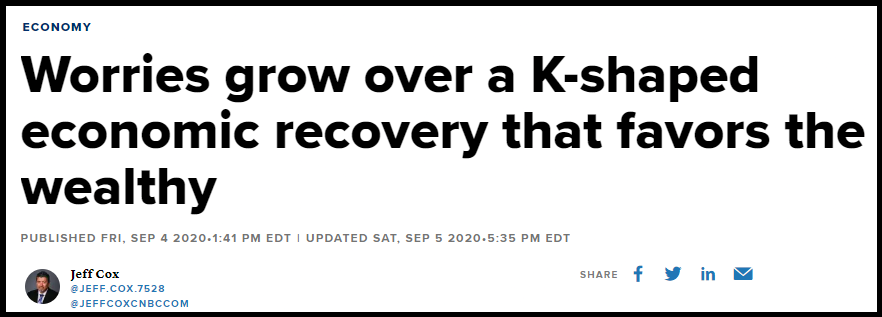

We delve into the conflicting signals of the US labor market. Despite positive payroll reports, an increase in layoffs and hiring freezes paints a different picture.
Recent reports and statistics present a complex picture of the United States labor market. While some indicators suggest a booming economy, other data and anecdotal evidence point toward significant challenges and a potential downturn. This article aims to dissect various aspects of the labor market to provide a comprehensive analysis of the current state and future outlook.
The payroll reports, often seen as a reliable indicator of labor market health, suggest a robust job market. However, the establishment survey, which forms the basis of the payroll report, shows inconsistencies within its own data. This discrepancy fuels the perception among many Americans that the job market is not as strong as it appears.

A troubling trend is the recent uptick in layoffs. This rise exacerbates the underlying issue of hiring freezes across various sectors. The lack of new job creation is a significant concern, as it not only impacts those who are laid off but also limits opportunities for job seekers entering the market.
The concept of a K-shaped recovery has resurfaced, highlighting the divergence in economic fortunes following a downturn. This recovery pattern indicates that while some individuals and industries thrive, others experience continued hardship. The increasing number of people on the lower trajectory of the K-shaped recovery is indicative of a recessionary period, contrary to an expansion period where more people move to the upper trajectory.

Statistics from the Job Openings and Labor Turnover Survey (JOLTS) reveal a startling lack of hiring, corroborating the sentiment of a struggling job market. Layoffs further compound the issue, with companies utilizing various euphemisms to soften the impact of job cuts.


Analysis of corporate communications reveals a significant increase in mentions of layoffs and related terms. In 2023, numerous S&P 500 companies discussed layoffs, right-sizing, and reductions in force, indicating a broader trend of cost-cutting measures in response to economic uncertainties.

Data suggests that layoffs surged in January, making it the second-highest January for job cuts since 2009. This trend aligns with consumer sentiment, which has grown increasingly pessimistic about the job market. Surveys indicate that consumers are skeptical about the effectiveness of interest rate hikes in controlling inflation and expect that the high price growth experienced in recent years will reverse, potentially leading to deflation.

The current labor market dynamics have a chilling effect on workers, who are acutely aware of the risks associated with layoffs. The fear of job loss is heightened by the scarcity of new employment opportunities, leading to a reluctance to challenge workplace demands, such as the reversal of remote work policies.

The US labor market presents a paradoxical narrative, with official statistics portraying a robust job market, yet underlying data and personal experiences reflecting significant challenges. The focus on job cuts overshadows the critical issue of hiring freezes, which may signal deeper economic troubles ahead. The growing prevalence of a K-shaped recovery trajectory points towards a recessionary environment, further complicated by the uncertainties of interest rate policies and consumer expectations. The labor market's current state and its implications for economic health warrant close monitoring and analysis as we navigate through 2024.